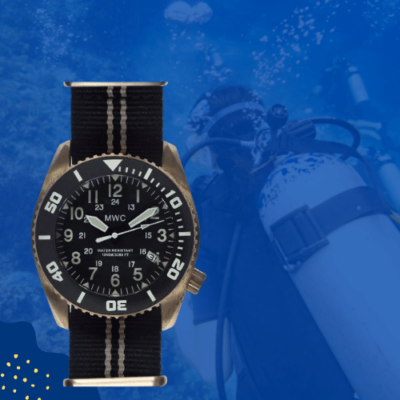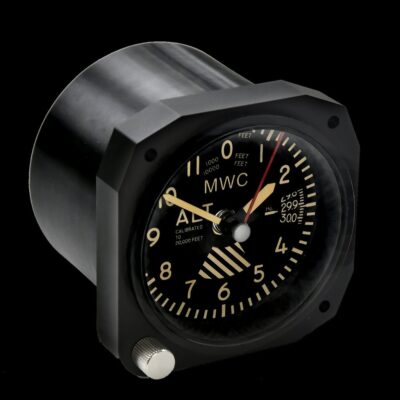News
Russian Navy Considers Abandoning Sole Aircraft Carrier Admiral Kuznetsov to an Early Retirement
Russian media outlet Izvestia has reported that work to repair and upgrade the Russian Navy’s sole aircraft carrier the Admiral Kuznetsov was suspended some time ago, and that the possibly of permanently retiring the warship from service is currently being considered by the Russian Navy and the state owned United Shipbuilding Corporation. “The Navy’s Main Command and USC will soon decide whether it makes sense to continue work on the Admiral Kuznetsov and return it to the fleet,” an informed source was quoted by the outlet as having said. Commenting on the carrier’s possible early retirement from service, former commander of the Navy’s Pacific Fleet Admiral Sergei Avakyants informed Izvestia that the service “does not need aircraft carriers in their classic form in the long term.” He described aircraft carriers as “a thing of the past” which “can be destroyed in a few minutes by modern weapons.”

Regarding the viability of aircraft carriers in future warfare, Avakyants observed: “It is a very expensive and ineffective naval weapon… The future belongs to carriers of robotic systems and unmanned aircraft. And if a decision is made not to continue the repairs, the only thing left to do is to take the Admiral Kuznetsov, cut it up for scrap metal, and dispose of it.” Russian officials nevertheless have had a long history of seeking to downplay the importance of weapons systems which the country has had difficulties bringing into operational service. A notable example has been the justifications made for the defence sector’s failure to bring the T-14 next generation tank into service despite over a decade of efforts, by claiming that it is not cost effective and that the older T-90 can already sufficiently outmatch Western armour. Significant investments by the Untied States, China and to lesser extents other major militaries such as India in carrier aviation indicate that the aircraft carrier still has considerable value for modern warfare, with the Russian Navy itself having considered multiple proposals from industry to procure new carrier classes. China fields two Kuznetsov Class carriers in its own fleet, both of which have been modernised to provide overwhelmingly superior performances to the sole ship in Russian service.

Should the Admiral Kuznetsov be retired ahead of schedule, it would leave the considerable knowhow built in from the Soviet era for operating carrier air wings at risk of disappearing entirely. With the Fundamentals of State Policy in the Sphere of Naval Activity Until 2030 state document stipulating that the Navy’s Northern and Pacific Fleets should each have an aircraft carrier, the retirement of the sole carrier in service without replacement could face significant political opposition. The possibility has been raised in the past that Russia seek to operate its Project 23900 helicopter carriers currently under construction as aircraft carriers for vertical landing capable fighters, much as the United States does with the F-35B on its similar sized Wasp Class and America Class assault ships. Such air wings would be significantly more limited than those which can operate from conventional aircraft carriers, however, while there have been few tangible signs of progress towards development of a vertical landing capable fighter in Russia. The future of Russian carrier aviation thus remains highly uncertain, with the possibility of a new conventional aircraft carrier being laid down to serve as a direct replacement to the Admiral Kuznetsov in the foreseeable future appearing slim.












